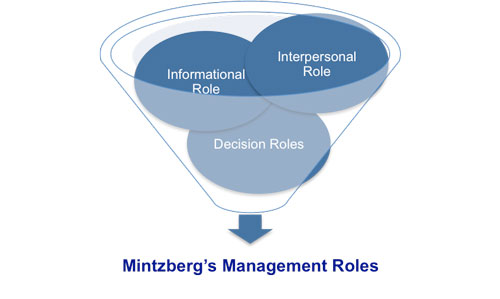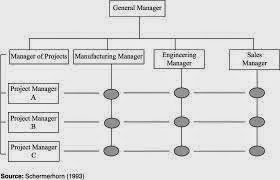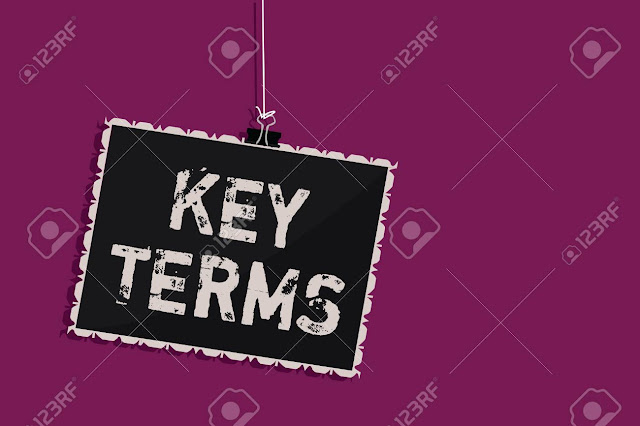TEN MANAGEMENT ROLES
As
a manager, you probably fulfill many different roles every day. For instance,
as well as leading your team, you might find yourself resolving a conflict,
negotiating new contracts, representing your department at a board meeting, or
approving a request for a new computer system. Henry Mintzberg argued that
there are ten primary roles or behaviors that can be used to categorize a
manager's different functions. In this article we'll examine these roles, and
we'll see how you can use your understanding of them to improve your management
skills.
The Roles
Mintzberg
published his Ten Management Roles in his book, "Mintzberg on Management:
Inside our Strange World of Organizations," in 1990.
The
ten roles are:(FLL- MDS- EDRN)
1. Figurehead.
2. Leader.
3. Liaison.
4. Monitor.
5. Disseminator.
6. Spokesperson.
7. Entrepreneur.
8. Disturbance Handler.
9. Resource Allocator.
10. Negotiator.
The
10 roles are then divided up into three categories, as follows:
Category
|
Role
|
Interpersonal
|
Figurehead
Leader Liaison |
Informational
|
Monitor
Disseminator Spokesperson |
Decisional
|
Entrepreneur
Disturbance Handler Resource Allocator Negotiator |
.
Interpersonal
Category
The
roles in this category involve providing information and
ideas.
1.
Figurehead – As a manager, you
have social, ceremonial and legal responsibilities. You're expected to be a
source of inspiration. People look up to you as a person with authority, and as
a figurehead.
2.
Leader – This is where you
provide leadership for your team, your department or perhaps your entire
organization; and it's where you manage the performance and responsibilities of
everyone in the group.
3.
Liaison – Managers must
communicate with internal and external contacts. You need to be able to network
effectively on behalf of your organization.
Informational Category
The
roles in this category involve processing information.
4.
Monitor – In this role, you
regularly seek out information related to your organization and industry,
looking for relevant changes in the environment. You also monitor your team, in
terms of both their productivity, and their well-being.
5.
Disseminator –
This is where you communicate potentially useful information to your colleagues
and your team.
6.
Spokesperson –
Managers represent and speak for their organization. In this role you're
responsible for transmitting information about your organization and its goals
to the people outside it.
Decisional Category
The
roles in this category involve using information.
7.
Entrepreneur –
As a manager, you create and control change within the organization. This means
solving problems, generating new ideas, and implementing them.
8.
Disturbance Handler –
When an organization or team hits an unexpected roadblock, it's the manager who
must take charge. You also need to help mediate disputes within it.
9.
Resource Allocator –
You'll also need to determine where organizational resources are best applied.
This involves allocating funding, as well as assigning staff and other
organizational resources.
10. Negotiator –
You may be needed to take part in, and direct, important negotiations within
your team, department, or organization.
Hence
Henry Milberg, a prominent researcher, criticized the traditional functional approach as unrealistic .He
determined that manager serve in 10 different roles but are closely related to
each other.



Comments